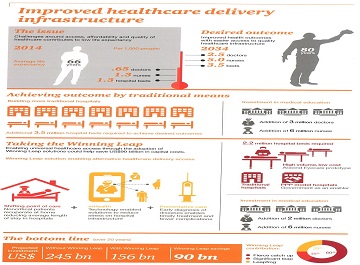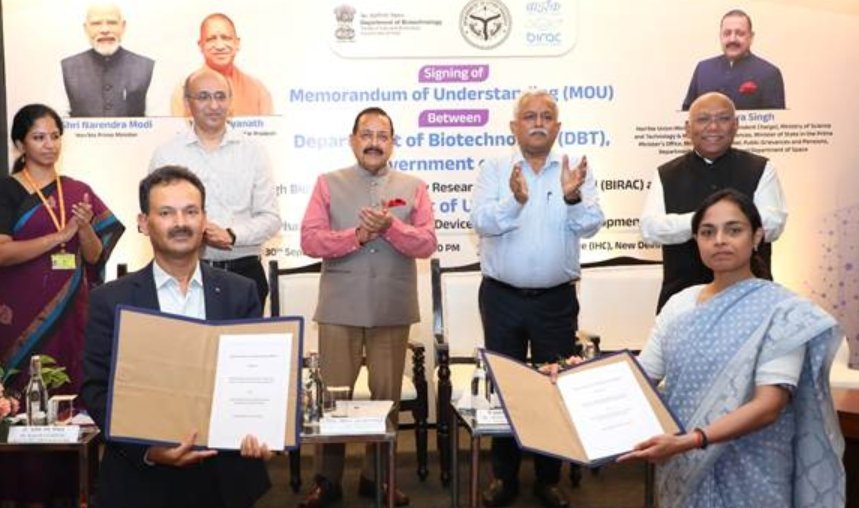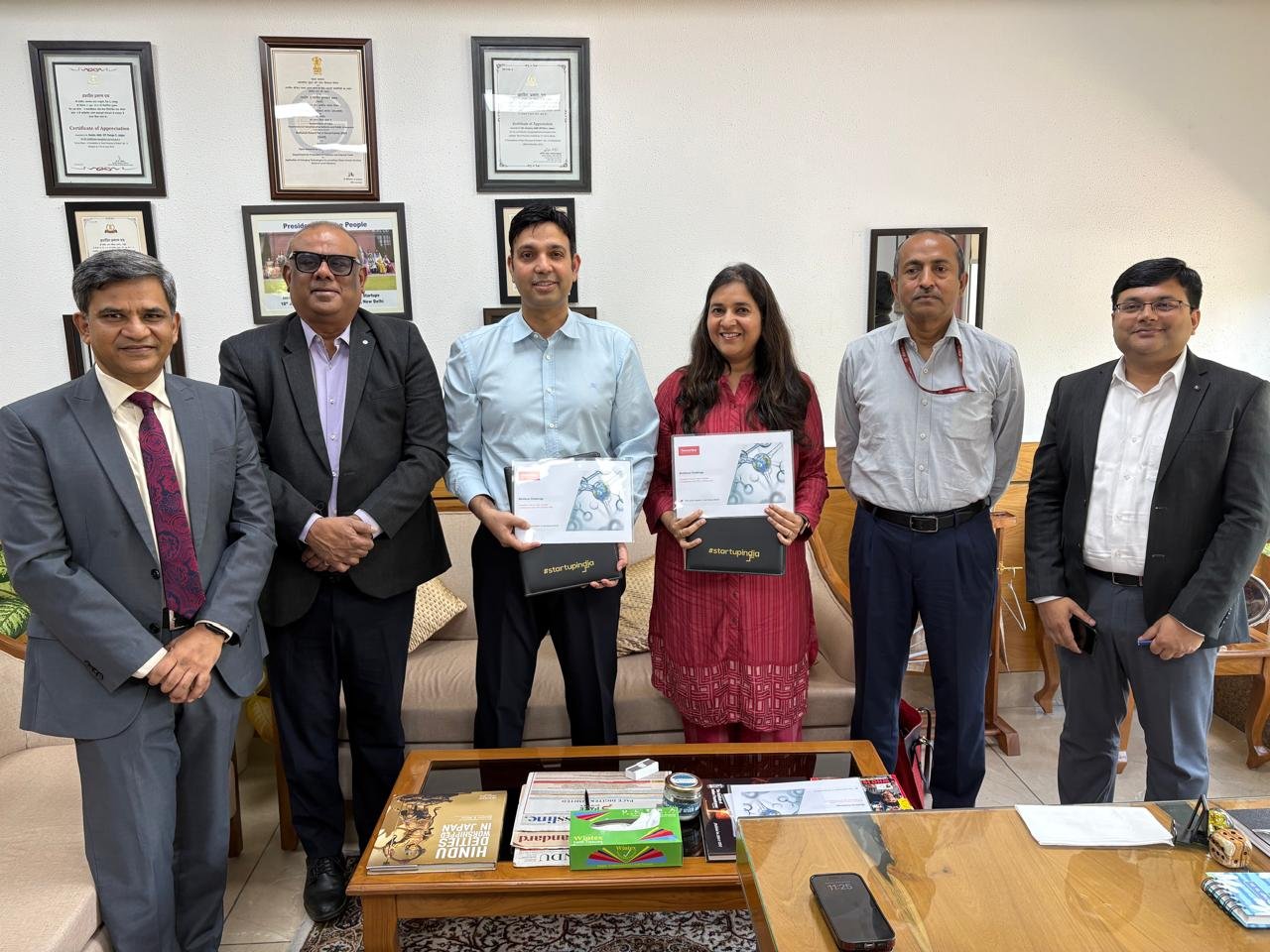“India will need additional 3.6 mn hospital beds, 3 mn doctors and 6 mn nurses by 2034�
January 30, 2015 | Friday | News | By BioSpectrum Bureau
“India will need additional 3.6 mn hospital beds, 3 mn doctors and 6 mn nurses by 2034�
To bring about a Winning Leap in healthcare, India must increase life expectancy at birth
PricewaterhouseCoopers (PwC) has launched a report called 'The Future of India:The Winning Leap' identifies non-linear solutions which could save $90 billion in capital costs in India's healthcare delivery infrastructure.
Shortage of people and physical infrastructure needed to provide better healthcare contributes to the inadequate healthcare infrastructure. The ratio of doctors per 1,000 people is just 0.6. In Brazil and China, it's 1.8. And India has only 1.3 hospital beds per 1,000 people, significantly lower than the guideline of 3.5 beds defined by the World Health Organisation.
Currently, the healthcare delivery system suffers from acute problems in terms of limited availability of hospital infrastructure and required workforce. To meet the desired outcomes in terms of hard and soft infrastructure capability, the healthcare delivery system will need to add 3.6 million beds, 3 million doctors and 6 million nurses over the next 20 years. This would require an investment of around $245 billion through traditional means.
According to the report, India can also leverage its strength as a world leader in vaccine manufacturing (it contributes 60 percent of global production) to sharpen its focus on preventive care. Indian vaccine manufacturers such as Serum Institute of India, Bharat Biotech, and Biological E are renowned worldwide for their contribution to reducing the cost of vaccines to about $1 per dose, making preventive healthcare more affordable.
Enabling universal access to healthcare through the adoption of Winning Leap solutions could help save $90bn in capital costs in India's healthcare delivery infrastructure.
Several factors have resulted in poor health outcomes such as low life expectancy as well as high infant and maternal mortality rates. To bring about a Winning Leap in healthcare, India must increase life expectancy at birth from 66 years in 2012 to 71 years by 2024 and to 80 years by 2034. By adopting non-traditional solutions, infant mortality rate (number of infant deaths per 1,000 live births), could decrease from 44 to 31 in 2024 and to 12 in 2034. Similarly, the maternal mortality rate (number of maternal deaths per 100,000 live births), which is at 190 today, could decrease to 124 in 2024 to 27 in 2034.
To achieve these targets, healthcare-sector players must focus on improving the reach, quality, and affordability of healthcare. Some of the non-linear solutions identified in the report are, Adoption of telemedicine and Shifting of point of care from hospital to patients' home will help meet the desired outcomes.










